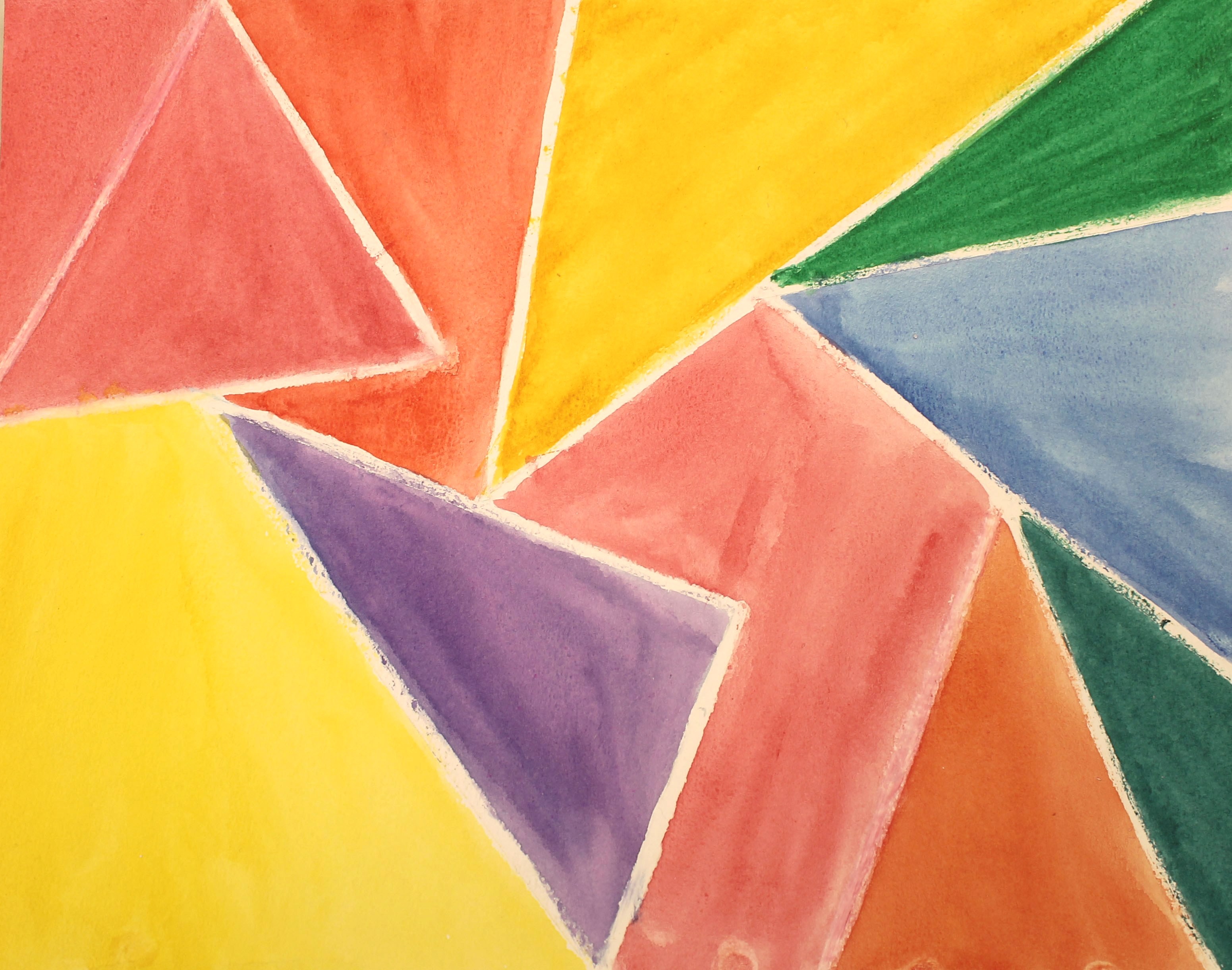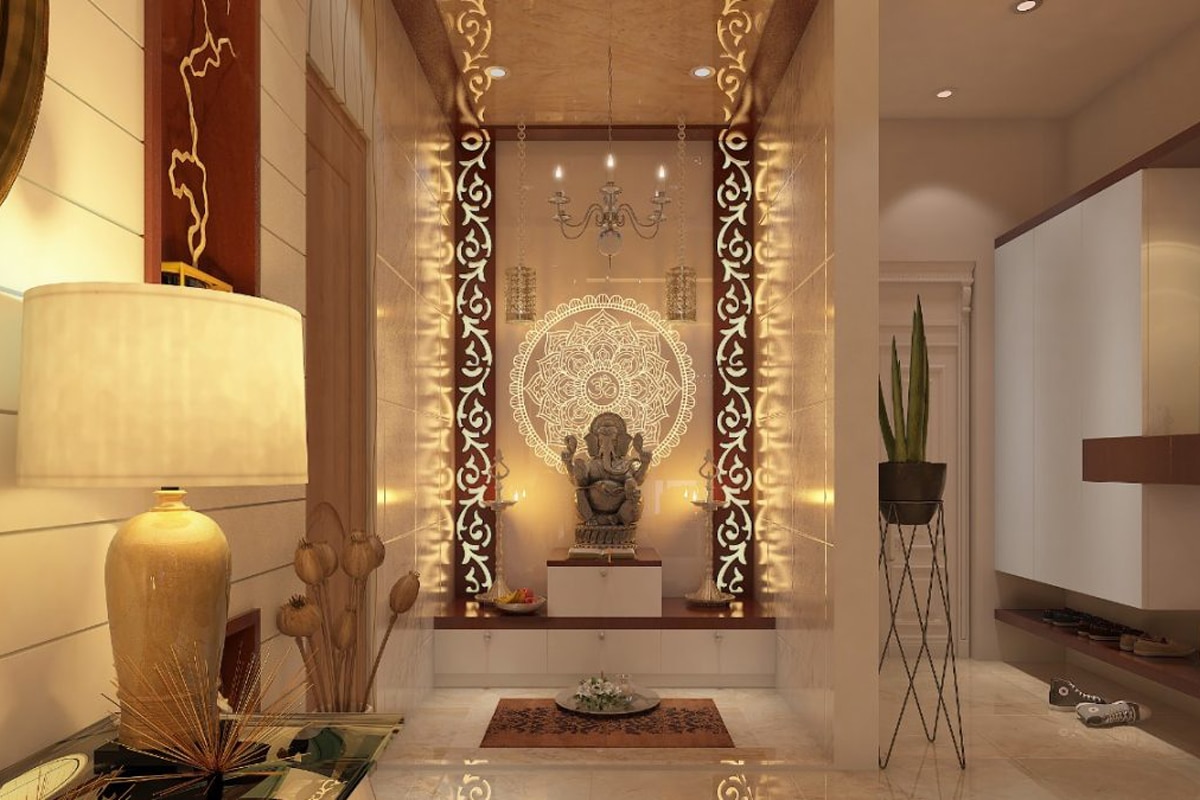Table Of Content
In this course, we’ll dive into the seven elements of design that can help you improve your content creation skills and ability to communicate through design. Don’t forget to follow this series on the principles of design to learn how to successfully arrange the basic elements of design we learn today. Texture is the surface quality of an object or image, whether it's perceived as smooth, rough, soft, or hard. It can be both tactile, something you can physically touch, or visual, an illusion created through artistic techniques. Incorporating texture into a design adds richness and complexity, making it more visually engaging and inviting.
Elements of Design: Understanding the 7 Elements of Design
It forces the mind to think upon its position and gives something to build upon in both imagination and space. Some abstract points in a group can provoke human imagination to link it with familiar shapes or forms. Here are some more photos of objects that show how they reflect upon each other in more detail. Note how the glass jar refracts and warps the shape of the tennis ball as you view it through the bent glass.
Color as a Vehicle for Emotions
A form that works well as a single screen on desktop may be too much for a single screen on mobile. In this case, it makes sense to switch to a multi-screen pattern on mobile, rather than sticking to a cramped or lengthy single-screen layout. With the form UI design and copy completed, it’s time to review some of the more functional design components and interactions that will have to be communicated with the development team. Buttons should describe the action that will be launched by clicking on that button.
Test all form input fields and variables
A Local's Guide to DIA Conspiracy Theories - Denver Public Library
A Local's Guide to DIA Conspiracy Theories.
Posted: Wed, 22 Feb 2023 08:00:00 GMT [source]
Just like shape, almost everything around us has texture and we can feel it both with a touch and sight. It can make your line, shape, or form soft, rough as a stone, fluffy, etc. Cyan, magenta, yellow, black (CMYK) are the four basic colors used in printing, so if your design is going to have a digital version, it’s the best option for it. A continuous visual linearity is maintained with uniform flooring that guides residents and visitors alike through the space.
Easiest Online Businesses to Start: Your Ultimate Guide
This element portrays the act or process of changingplace or direction, orientation, and/or position through the visual illustrationof starting or stopping points, blurring of action, etc. This is not animation,although animation is an end product of movement, as well as other elements ofdesign. It can function independently to suggest forms that can be recognized,even when the lines are limited in extent. Gestalt is the fundamental tool the designer or artist uses to build a coherent composition.
Progress indicators make the form-filling journey visible as they guide users to the finish line. For very long forms, don't show progress on a per-question basis as it may frighten users. You can opt for CAPTCHA versions that require minimal effort from users, such as simple tick boxes labeled "I'm not a robot" or image selection CAPTCHAs that ask users to identify common objects. These methods don’t cause unnecessary complexity for genuine users. For example, if a field asks for a "Date of Birth," including an input hint like "MM/DD/YYYY" clarifies the expected format. This allows for clarity and guides users on how to fill out the form in the correct manner.
Learn More About Design Theory
For a deeper understanding of how designers create meaningful connections through emphasis and other principles, explore the article on empathizing in design at interaction-design.org. Understanding the elements of design is essential for creating visually captivating and harmonious compositions. Lines, shapes, forms, space, colors, values, and textures work together to communicate ideas, evoke emotions, and establish a strong brand identity.
Pattern
Texture-sensitive prediction of micro-spring performance using Gaussian process models calibrated to finite element ... - ScienceDirect.com
Texture-sensitive prediction of micro-spring performance using Gaussian process models calibrated to finite element ....
Posted: Fri, 01 Jan 2021 08:00:00 GMT [source]
From the basic line to the complex use of space and texture, each element plays a critical role in the creation of any design work. By mastering these elements, designers can craft works that are not only aesthetically pleasing but also communicate messages clearly and effectively. In 3D design, form takes on a literal meaning, with objects possessing length, width, and depth, allowing designers to explore volume and space in tangible ways. Repetition can be seen in patterns, textures, colors, shapes, and more. It’s a strategic tool that, when used wisely, can enhance the visual impact and memorability of a design.
Use inline validation to confirm user progress
Knowledge of these elements can help you better understand why a composition works or why it may need a bit of revision. It’s the way J.R.R. Tolkien weaves intricate descriptions and complex histories in “The Lord of the Rings” to create a textured, vivid Middle Earth that feels real enough to step into. Scott Fitzgerald layers his narrative with rich symbolism and detailed observations in “The Great Gatsby,” creating a textured portrayal of the Roaring Twenties. Whether you’re designing, writing, or creating in any other medium, form gives your work dimension, direction, and distinctive character. It’s an essential tool in your creative arsenal, and mastering it can take your projects to new heights. Metropolis Moving presents a great example of effective UI form design.
People often reach for their phones first, whether they want to sign up for services or fill out surveys. This section will guide you through enhancing mobile form usability to give users on any device a seamless experience. Group related fields to make it easy for users to understand the information they must fill in.
Geometric shapes, such as squares, circles, and triangles, convey a sense of structure and order, while organic shapes, like those found in nature, evoke feelings of fluidity and spontaneity. By manipulating shapes, designers can establish a sense of hierarchy and create visual interest, making certain elements stand out while maintaining overall coherence. The still life in that was drawn and “shaded” by using lines in different ways. What you may also notice is that those lines that were used to “shade” those forms – those lines created a pattern.

By repeating elements, you create a pattern and strengthen your design. For example, using the same color of your brand logo for the shapes on your announcement poster, will be an indirect shout-out to your brand and help you develop your brand identity. Your ship should be balanced to move forward with ease, and the same goes for the visual elements of your design. To make your composition stable and engaging for your audience, you should create balance for your elements. If one of your objects has a pattern, design or printing on it, note that within the shadow, you can’t really see as much detail or contrast – embrace that. What that shaded side of the box would look like in good light is unimportant.
Don’t interrupt or give users obstacles – make apparent pathways that offer an easy ride. Good proportion contributes to a harmonious design in which every part seems just right in relation to the others. In product design, for example, proportion is critical for both aesthetics and functionality. Anastasia worked in management consulting and tech startups, so she has lots of experience in helping professionals choosing the right business software. I'm a design writer, mentor, and entrepreneur leading Laura Keung Studio, currently based in Munich, Germany.
Once you add color to your still life, you’re going to have to be extra careful to not let that throw you off on light-and-dark values among them. There will be another lesson on value and hue in the near future (here it is), but a little of it was touched upon in the Shape lesson. You must also take these light-and-shadow characteristics and apply them loosely if you’re drawing something with texture or pattern. Form is the three-dimensional (3-D) extrusion of the two-dimensional (2-D) shape.
The line is an element of art defined by a point moving in space. Line may be used either in two-dimensional forms with enclosing a space as an outline and creating shape, or in three-dimensional forms. They can be any width or texture, and can be continuous, implied, or broken.
Designers can use texture to evoke specific feelings or themes, such as using a rough texture for a rustic, earthy vibe or a smooth texture for a modern, sleek look. White space gives breathing space to design elements and helps to improve the visual hierarchy, the way the eyes navigate through your design. Lines connect any two dots and can evoke various moods based on their texture, direction, look, and weight. A straight line, for example, is more balanced and structured, while a curved line is more dynamic and artistic. Form refers to the positive element over the space of your work.


No comments:
Post a Comment